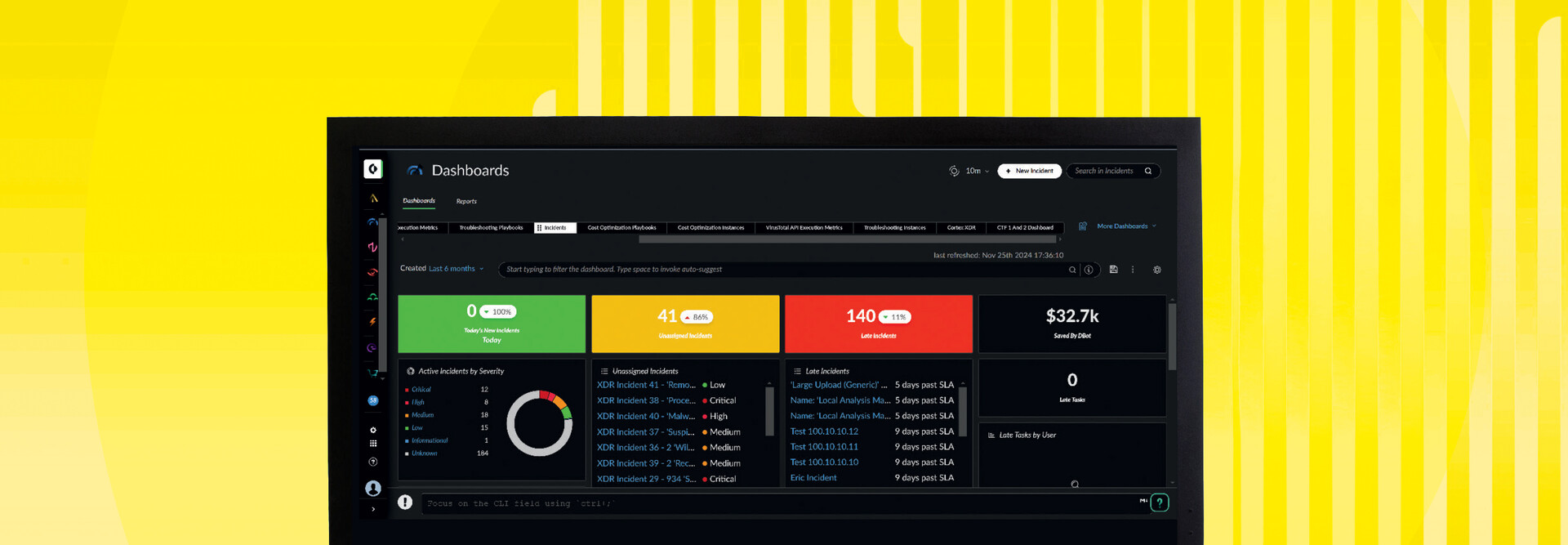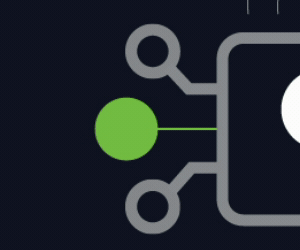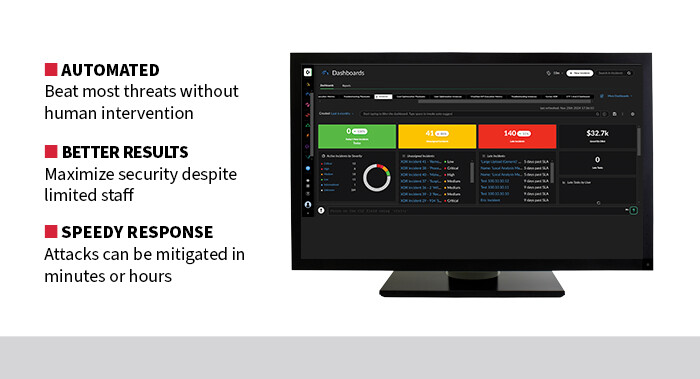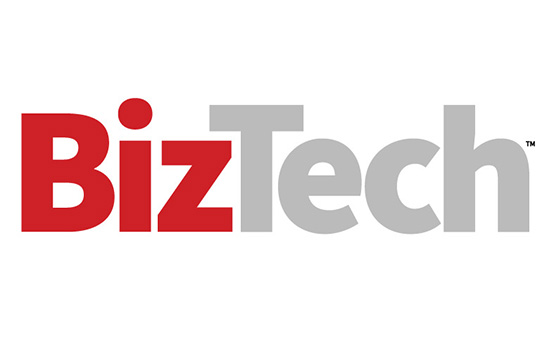Financial services institutions (FSIs) possess vast quantities of valuable data about customers. Naturally, this makes them targets for cyberattackers who seek to pilfer data, extort organizations and commit cyber fraud.
One solution that has proved to be a big help in extending cyberdefenses and reducing attacks is automation. Automating the mitigation of low-level attacks can reduce most of the threats stalking the industry. Eliminating that part of the threat landscape allows security operations center staffs to concentrate on advanced threats that could do real damage.
Automation can also help with incident response, especially when time is of the essence. Attackers who get past firewalls and other frontline defenses no longer have days, weeks or months to scope out their targets. Instead, they can be blocked by well-informed humans in just a few hours.
These attackers can be removed almost instantly using properly tuned automation with sufficient permissions to act independently, with humans receiving reports for review after the fact.
Click the banner below to learn how next-gen AI is impacting cybersecurity.
Automated Security Helps IT Teams Do More With Less
The Cortex XSOAR platform from Palo Alto Networks was created with the demands of a highly targeted environment in mind. I was able to review the platform running in a test environment and found it helpful in eliminating many threats automatically and assisting human workers with mitigating others.
As the security industry’s first extended security orchestration, automation and response platform, Cortex XSOAR simplifies security operations by unifying automation, case management, real-time collaboration and threat intelligence. It’s a complete package that is surprisingly easy to deploy and manage, even for smaller IT staffs.
FIND OUT: A cyber resilience strategy supports success.
The first thing I noticed about XSOAR is its easy-to-use interface and intuitive user experience. That’s partly due to its native functionality, particularly when customizing features for the nuances of your users and enterprise.
That high level of customization is crucial for FSIs, whose networks differ from those of typical organizations. Being able to customize protections and acceptable risk levels can keep everything secure while providing customers necessary access.
Attackers have put FSIs in their crosshairs. A platform such as Cortex XSOAR can help even the odds, giving a big boost to limited IT staff by handling many attacks on its own and assisting with everything else.
Cortex XSOAR Allows Users To Customize Responses
The platform’s automation and response capabilities are especially impressive. XSOAR delivers native threat intelligence management that can be tailored to the environment, prioritizing key intelligence about the most likely attacks. According to Palo Alto, incident response time can be reduced by 90% or more. A key part of the automation platform is an incident response war room, which empowers teams to collaborate during mitigations and helps with post-incident analysis and training.
DIG DEEPER: What must CISOS know about AI-driven cybersecurity?
The automation extends to the responses themselves. Playbooks can help users customize how they respond to different types of threats and incidents. When a similar threat comes along, users can go through those playbooks to reach similar conclusions or even have the platform automate much of the response.
Of course, automation is only effective if a platform is smart enough to act properly without human intervention. In my testing, the XSOAR platform successfully eliminated over 90% of the most common threats without human intervention. That could free up staff to concentrate on the most dangerous and complex security challenges, putting humans in the driver’s seat with help from Cortex. In any case, threat remediation can be handled much more quickly, if not instantly, with Cortex on the job.
SPECIFICATIONS
BRAND: Palo Alto Networks
PRODUCT LINE: Cortex XSOAR
MODEL: Threat intelligence management
OPERATING SYSTEM: Linux, macOS, Windows
SOFTWARE TYPE: Annual license per user












